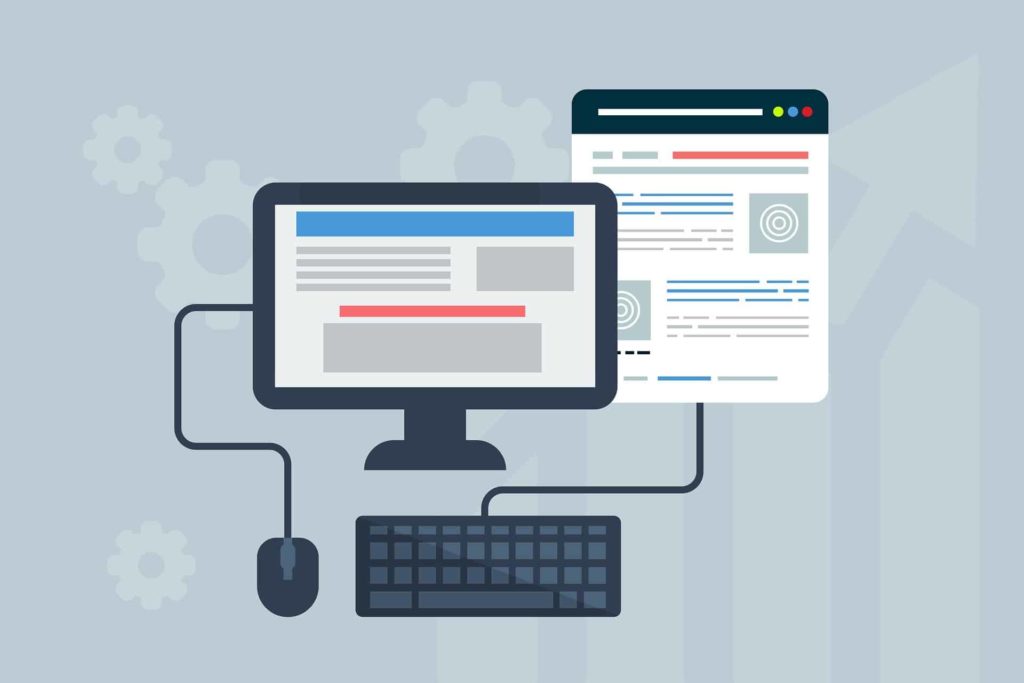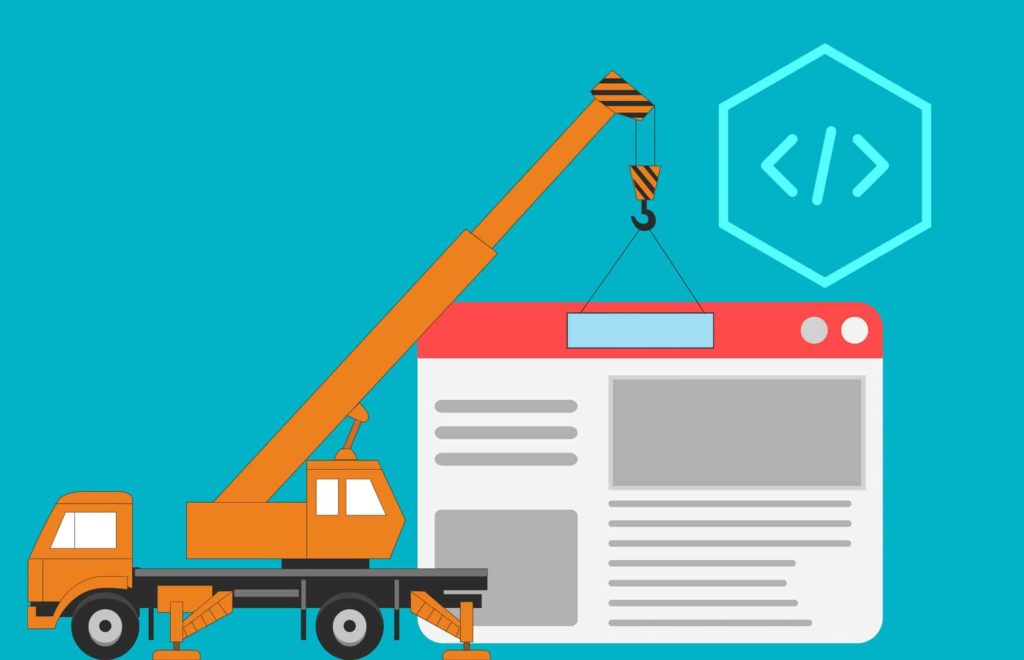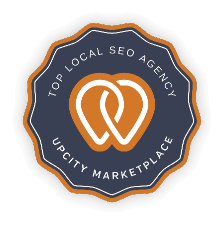Designing a website can be a massive undertaking for even the most experienced professionals out there. There is a lot more than just determining a budget and hiring someone to do the work for you—as the creator, you are tasked with determining the design, function of the website, and who you intend your audience to be. To do this, it is imperative to conduct extensive research to make sure that your website not only works properly without flaws but also that it fully engages the viewers.
In this article, we will cover a question you may be thinking: “How much does it cost to build a website?” In addition, we will also go over various aspects of building a website that are key to ensuring its success and efficacy.
Website Design
The design of the website if one of the first things your audience will notice, from the layout to the color scheme to how easy access is to various links and pages. It is important to not only keep your aesthetic in mind but also that of the audiences. Your website should allow for flawless navigation and text that is visible to those across age brackets. By incorporating white space into one’s design, you are not only allowing for a clean, less cluttered look but will also redirect the viewer’s eyes to where you want them to go.
When deciding on color schemes, choosing colors that harshly contrast one another is often aggravating to most viewers and can create a tacky look that pulls away from your intended message. The colors chosen should complement each other and be soft on the eye. Ensuring that your text maintains readability when choosing color schemes is extremely important. If the text is being washed out by the background colors, then either subdue the brightness or change the color entirely. If you have a logo for the website, be sure to incorporate it into the design.
Website Development
The development of the website entails numerous steps and procedures that must be completed perfectly to ensure a functioning website. Development entails coding, proofing the website for technical and grammatical errors, security, website configuration, costs, buying the domain, and much more. When delving into the development of the website, hiring a professional is recommended for optimization but it is not always necessary.
Website Design Cost
 When developing a website, the budget of the project must be taken into account. From paying web developers, hiring website testers, editors, and the like, it is not uncommon to spend a decent penny on the venture. Nowadays, there are online websites that allow people to build generic, free websites, but on average a website will generally cost $100-500. Most of these websites are self-produced without outside resources and help for hire.
When developing a website, the budget of the project must be taken into account. From paying web developers, hiring website testers, editors, and the like, it is not uncommon to spend a decent penny on the venture. Nowadays, there are online websites that allow people to build generic, free websites, but on average a website will generally cost $100-500. Most of these websites are self-produced without outside resources and help for hire.
For more eloquent and better functioning websites, it is not uncommon to spend thousands, with $30,000 usually being highest on the cost spectrum. More features and better services increase the website design cost—the money goes towards fast page load times, coding without faults, proper spelling and grammar on the webpage, web hosting, design specialists, and a variety of other features.
To ensure a well-designed and optimal website, it is best to spend upwards of a few thousand dollars to guarantee quality. Aiming to do just that, Epidemic Marketing works with those with budgets ranging from $4,000-$10,000 to produce websites that include aesthetic designs, peak performance, and pleasant and smooth experiences for customers.
Proofing to Find Technical, Grammatical, and Spelling Errors
Proofing the technical, grammatical, and spelling aspects of a website is an absolute necessity. A single grammatical or spelling error can completely change the meaning of a sentence on your website, leading consumers to come to the wrong conclusion or pushing them away on account of judging your effort and literacy. Having a good first impression is a must not only in person but online as well—it is crucial that your information is conveyed clearly and accurately. To do so, spellchecks and online grammar checking programs can be used, but it is ideal to also have an editor review the text provided to catch any mistakes that may have been overlooked.
Technical errors must be dealt with in the same fashion. If a technical aspect does not work properly, then a client may assume that various other aspects of the website will not work adequately, there is a lack of legitimacy, and/or that the developers of the website simply do not care. Hiring someone experienced in the field of IT will help make this process smooth and more efficient, and catching errors early on could be key in saving money further down the line of developing the website. Online proofing can be done for various aspects of the website through marketing agencies, photographers, web designers, videographers, and other such professionals. Having an outside source test out the website and review all of the pages and functions is a good way to catch development concerns early on.
Proper URL Structure for SEO
A URL (Uniform Resource Locator) is another name for a web address. Developing a proper URL using SEO will help users and search engines to find your website easier.
When creating a URL, cut all words that have no relevance to your website and products—filler words such as “and” or “that” should also be disregarded when developing a URL. Be sure to choose keywords that are relevant to your website, and exclude all others, and make the URL as simple to read as possible to quickly draw the viewer’s attention to it. You want to make it as easy as possible to find your URL. After all, the easier it is to find, the more foot traffic you will receive in the end.
When separating words within the URL, use hyphens and underscores. Using spaces instead of hyphens and underscores takes away readability and lowers your chances of being found through search engines and when potential clients are browsing. One simple way to increase the chance of your website being found is to contain one of your webpage titles within the URL—if either is searched, then the URL will be more likely to show up in a search engine. Additionally, to increase the readability of your URL, remove unnecessary punctuation. Punctuation within URLs can be difficult to read and have the potential to be overlooked when using search engines. If it is not imperative to keep the punctuation, then it is better to remove it entirely or to replace it with a hyphen or underscore.
Although you want users to find your website with ease, avoid jamming your URL full of keywords. Many search engines are programmed to pick up on keywords strewn repetitively throughout a website or script and will be less likely to showcase your website. Using keywords is fine, as long as they are used sparingly as to not tip off search engines. Google and Bing are particularly privy to detecting keywords stuffed into websites.
Testing

Once your website is far enough along into development to where it acts as a functioning website, you will need to begin testing the website. Testing the website is vital to determine if there are bugs in the programming and coding—make sure all links, videos, and pages work properly, test that the website is secure, test the overall performance, and make sure that it also looks visually pleasing and is not overly distracting to the audience. When testing, every single link on the website should be checked to make sure it works.
Usability is crucial for a website as if the website cannot be used adequately, then you will lose traffic. If the website allows for forms to be filled out, every text box should be reviewed and the information should be sent without delay or issue. The website’s ability to use and process cookies should also be taken into consideration.
The website should be tested across multiple platforms and browsers to make sure it runs smoothly on each one. The usability of the website from a phone should be taken into consideration too, as formats can translate to cell phones in a way that looks jumbled and messy. Be sure to ensure the formatting for cell phones looks clean and professional just as the website would when accessed via a computer browser.
Performance testing should also take precedence. Page loading should be quick and seamless with little to no delay and there should be no website crashes.
Fast Page Load Time
When testing the website, fast page load times are crucial to maintaining viewers and consumers on your website. If a page will not load or is stunted due to call to actions or conversion rate optimization, then you are likely to lose customers due to the slow loading time. Test the website under different engines and varying connection speeds to fully comprehend the performance rate and overall usability of the website—this will allow you to make adjustments where necessary to provide a comfortable browsing experience to as large of an audience as possible.
Conversion Rate Optimization
Conversion rate optimization is important if you wish for your website to gain more viewers. The conversion rate optimization is essentially how much traffic is brought to your website and how many viewers proceeded to take action on your website (such as clicking a link or watching a video). This, in turn, leads to gaining more leads or customers.
To increase conversion rate optimization, hiring a marketer is a great step to take. The homepage of your website is the primary way to gain potential conversion rate optimization, as the homepage is the first thing your viewers will see upon clicking on your website. It is here that their first impression will be made and their interest will either be caught or lost.
Adding a chatbot service to help potential customers is an easy way to have actions taken on your website and turn viewers into clients. Adding a sign-up box or subscription pop-up can also be an effective way of hooking new customers or clients in. Other methods of increasing the conversion rate optimization include: adding a blog, landing pages, price queries, and contact pages. Reviewing the conversion rate optimization methods that led to increased actions should be done periodically to determine what works best with your audience.
Calls to Action

A call to action is essentially a way to increase the conversion rate optimization. Calls to action are automated prompts that appear on websites, generally initially on the homepage, that lead to a user completed a specified action as deemed suitable by the developer. Often, these call to action prompts are “sign up”, “subscribe”, or “buy now” prompts in which the user must take some form of actions, even if that action is merely closing the pop-up. Other versions are hyperlinks that lead to pages of interest on the website, which often streamline products that are available for purchase.
Client Test Drives
Just as video games have limited players test out games to screen for bugs and last-minute problems before the release date, having clients “test drive” your website is an absolute necessity. First, you want to make sure that your website is proofed technically, grammatically, and for spelling errors. In addition, the conversion rate optimization and call to action systems should be implemented, coding should be checked, reviewed and tested, and the design should seem solid. After this, you will want potential clients to test the website. To do this, you will need to utilize a staging server.
During this period, test drivers will have the ability to check out your website as any normal viewer would—test drivers will judge the aesthetics, usability, compatibility with their device, and performance. After running through the website, these testers will be able to provide valuable feedback that can be implemented into the design or functionality of the website that will allow for a better experience. The feedback may offer insight into potential coding problems, aspects that put-off the viewer, and details on what they liked and believed to have been an asset to the website. This will allow you to further develop the website to garner more visits and actions taken, thus leading to a greater profit.















